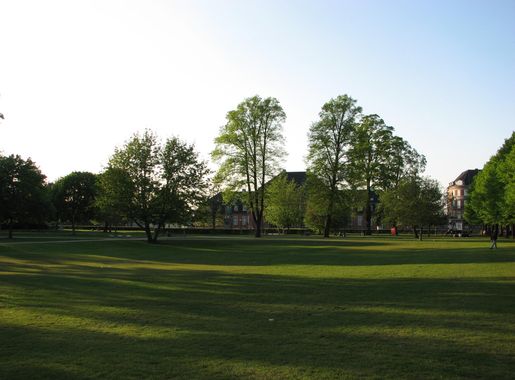
Odense: The Heartbeat of Denmark's Fairy Tale Heritage
Discover Odense, Denmark's enchanting city where fairy tales come to life amidst historic streets, vibrant culture, and scenic beauty.
Odense, the birthplace of renowned fairy tale writer Hans Christian Andersen, is a city that blends rich history with modern charm. As you wander through its cobblestone streets, you'll find yourself stepping back in time, surrounded by half-timbered houses and medieval buildings. The city is a haven for culture enthusiasts, with numerous museums, galleries, and historical sites that offer a glimpse into Denmark's storied past. The vibrant city center is alive with cafes, boutiques, and restaurants, making it a perfect spot for leisurely strolls and people-watching. Odense is also home to beautiful parks and gardens, such as the enchanting Munke Mose and the serene Fruens Bøge, offering tranquil escapes within the urban landscape. For families, the Odense Zoo is a must-visit, providing an engaging experience for both children and adults. Odense's culinary scene is a delightful mix of traditional Danish cuisine and contemporary flavors. Whether you're savoring fresh seafood by the harbor or indulging in a Danish pastry at a local bakery, the city's culinary offerings are sure to delight your taste buds. With its rich cultural heritage, picturesque surroundings, and warm hospitality, Odense is a destination that promises to captivate and inspire every traveler.
Local tips in Odense
- Visit the Hans Christian Andersen Museum early in the day to avoid crowds.
- Rent a bike to explore the city like a local—Odense is very bike-friendly.
- Check out the local markets for fresh produce and unique Danish treats.
- If visiting in summer, don't miss the outdoor concerts and festivals in the city parks.
- Use public transport or walk to explore the city center—most attractions are within walking distance.
Odense: The Heartbeat of Denmark's Fairy Tale Heritage
Odense, the birthplace of renowned fairy tale writer Hans Christian Andersen, is a city that blends rich history with modern charm. As you wander through its cobblestone streets, you'll find yourself stepping back in time, surrounded by half-timbered houses and medieval buildings. The city is a haven for culture enthusiasts, with numerous museums, galleries, and historical sites that offer a glimpse into Denmark's storied past. The vibrant city center is alive with cafes, boutiques, and restaurants, making it a perfect spot for leisurely strolls and people-watching. Odense is also home to beautiful parks and gardens, such as the enchanting Munke Mose and the serene Fruens Bøge, offering tranquil escapes within the urban landscape. For families, the Odense Zoo is a must-visit, providing an engaging experience for both children and adults. Odense's culinary scene is a delightful mix of traditional Danish cuisine and contemporary flavors. Whether you're savoring fresh seafood by the harbor or indulging in a Danish pastry at a local bakery, the city's culinary offerings are sure to delight your taste buds. With its rich cultural heritage, picturesque surroundings, and warm hospitality, Odense is a destination that promises to captivate and inspire every traveler.
When is the best time to go to Odense?
Iconic landmarks you can’t miss
Odense Zoo
Experience cutting-edge Danish and Nordic contemporary art in a sophisticated gallery setting, steps from Amalienborg Palace in central Copenhagen.
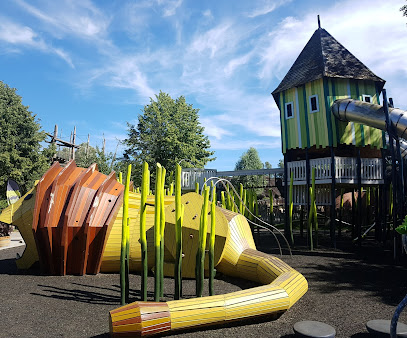
H. C. Andersens House
Explore modern Danish and international art in an elegant Frederiksstaden setting at Bredgade Kunsthandel—one of Copenhagen’s premier art galleries.
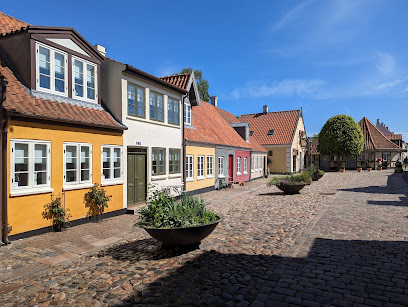
Munke Mose
Discover Slottsträdgården, Malmö's ecological garden oasis, featuring themed gardens, cultural events, and a charming café, all nestled behind historic Malmöhus Castle.
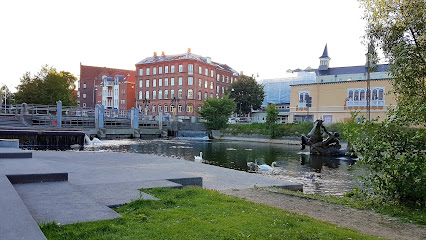
Hans Christian Andersen's Childhood Home
Discover Slottsträdgården, Malmö’s lush botanical and community garden beside Malmöhus Castle, where themed flower beds, edible plots, and city culture blossom together.
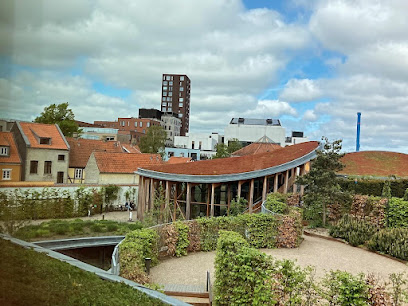
Odense Dyrskueplads
Jægersborggade blends Nørrebro’s creative energy and bohemian spirit with top-notch culinary spots and independent boutiques for an unforgettable local experience.
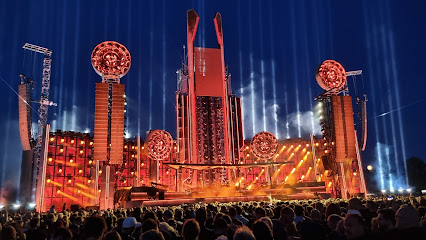
Odense St.
Discover Jægersborggade: Copenhagen's vibrant street blending art, fashion, and gastronomy in the heart of Nørrebro.

St. Canute's Cathedral
Discover Danish and Nordic art in a refined gallery space at Bredgade Kunsthandel, a landmark for modern and classical works in central Copenhagen.

King's Garden
Bredgade Kunsthandel: A premier Copenhagen art gallery bringing contemporary Danish and international works to the city’s vibrant Bredgade cultural district.
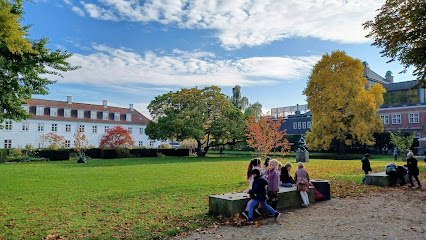
Jernalderlandsbyen Odins Odense
Discover Danish and international art at Bredgade Kunsthandel, an elegant gallery in central Copenhagen’s historic Frederiksstaden near top cultural landmarks.
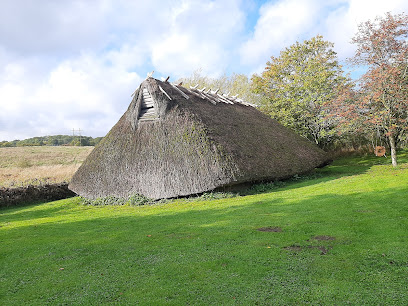
Odense Castle
Denmark’s largest art museum, the SMK showcases masterpieces from the Renaissance to today, offering a rich journey through Danish and international art in downtown Copenhagen.
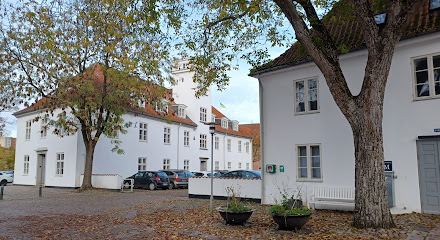
Odense City Hall
A vibrant and sustainable botanical haven at the foot of Malmöhus Castle, Slottsträdgården blends organic gardening, city history, and tranquil parkland in Malmö.
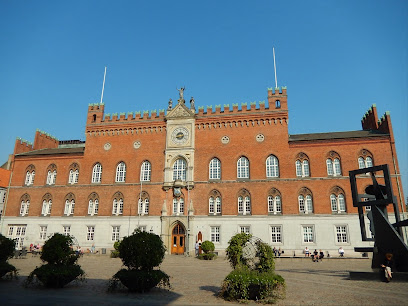
Fredens Kirke
Explore Denmark's rich maritime heritage in an award-winning museum set within a historic dry dock in Helsingør.

Funen Opera
Experience Denmark’s maritime saga in a world-renowned, sunken museum beneath Helsingør’s waterfront, blending cutting-edge design with seafaring history and interactive exhibits.
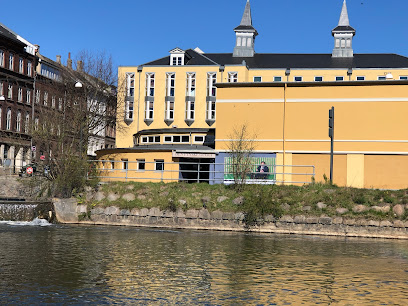
Munke Mose Park
Award-winning maritime museum ingeniously sunk into a former dry dock at Helsingør, offering interactive exhibitions on Denmark’s seafaring history next to Kronborg Castle.

Odense Noble Virgin Convent
Denmark’s national gallery in Copenhagen: iconic art by Rubens, Hammershøi, and Matisse in luminous halls and sculpture gardens, linking history to innovation.
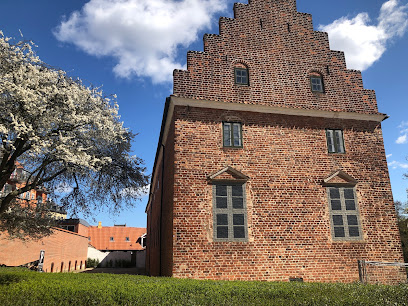
Unmissable attractions to see
Egeskov Castle
Centuries-old Odense Cathedral offers stunning Gothic architecture, the relics of King Canute, and a tranquil reflection space at the historic heart of Funen’s capital.
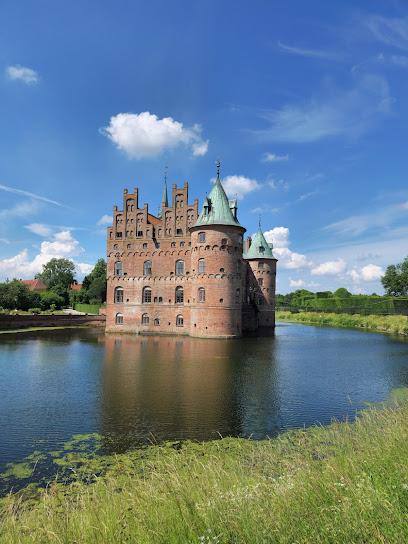
H. C. Andersens House
Odense Cathedral, or St. Canute’s Church, is a majestic Gothic landmark that tells Denmark’s royal and spiritual story from the city’s historic heart.

Danmarks Jernbanemuseum
Gothic grandeur in the heart of Odense, where royal history, Danish legends, and spiritual architecture converge at St. Canute’s Cathedral.
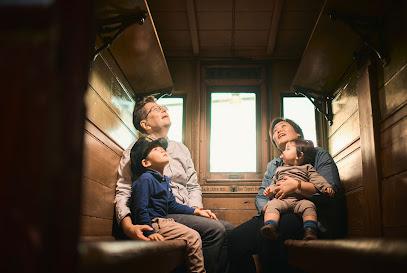
The Funen Village
Experience Denmark’s rural history up close at The Funen Village, an immersive open-air museum where 19th-century farm life unfolds in scenic, authentic surroundings.
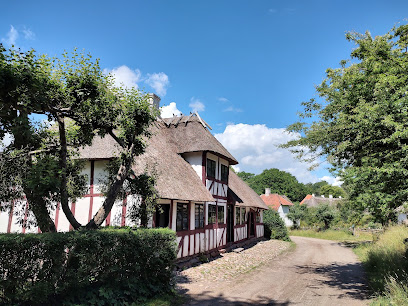
Hans Christian Andersen's Childhood Home
Discover Odense Cathedral, where soaring Gothic architecture, royal Danish history, and vibrant local culture converge in the heart of Odense.

Munke Mose
Experience Denmark's rural heritage at The Funen Village, an open-air museum in Odense featuring authentic 18th and 19th-century buildings and traditional crafts.
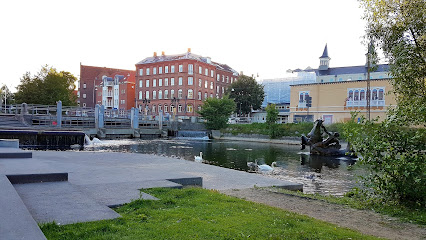
Art Museum Brandts
Marvel at the awe-inspiring architecture and royal history of Odense Cathedral, where soaring Gothic arches and the legacy of King Canute IV meet at the city’s very heart.

Brandts
Open-air museum in Odense where authentic 19th-century farmsteads, historic crafts, and rural Danish traditions come vividly to life in scenic surroundings.

Odense Cathedral - St. Canute's Church
St. Canute’s Cathedral in Odense is a breathtaking Gothic masterpiece, a royal burial site, and a vibrant hub uniting Danish history, culture, and community.

Brandts Klædefabrik - byen i byen
Discover the architectural majesty and royal history of Odense Cathedral – a Gothic masterpiece and the final resting place of Denmark’s only canonized king.

Jernalderlandsbyen Odins Odense
Experience the harmonious blend of nature and storytelling at Odense's Andelstrappen and Fortællegyngestolen.
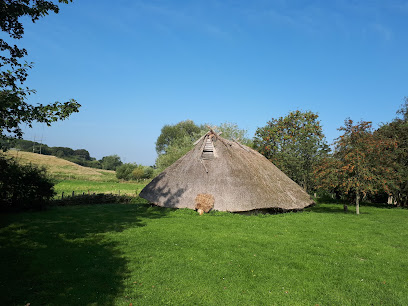
Hollufgård slotspark
Historic Danish manor park on Odense’s edge, famed for its open-air sculpture trail, peaceful woodlands, and family-friendly green spaces.
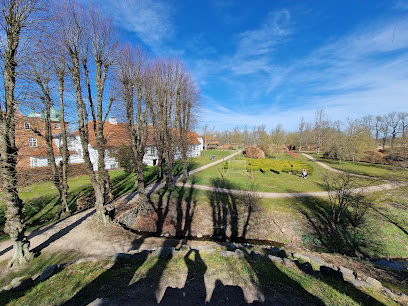
St. Alban's Church
Experience the heart of Danish comedy at Odense Comediehuus, where culture and laughter intertwine in the vibrant city center.

Bunkermuseum Of Odense
Aarhus’ historic Latin Quarter dazzles with cobbled streets, artisan cafés, vibrant galleries, and local boutiques—an essential blend of Danish tradition and modern flair.
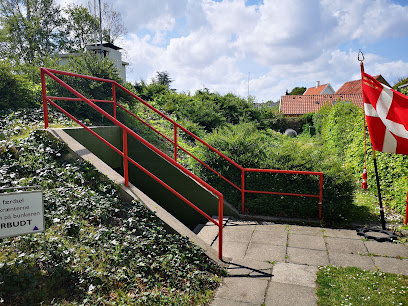
Kramboden i Odense
Gothic grandeur and royal history meet in the heart of Odense at St. Canute's Cathedral, a landmark of spiritual and architectural significance on Funen.
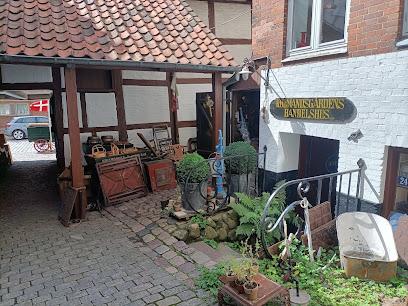
Essential places to dine
Café Kræz
Bohemian café, vibrant eatery, and late-night music hub—Café Kræz brings Odense’s creative spirit and lively nightlife to the heart of the city.

UBN
UBN blends brasserie classics, top-notch pizzas, and creative cocktails in central Odense, making it a favorite urban hangout for food lovers and night owls.

Ryan's of Odense
Atmospheric Irish pub in Odense’s lively city center, famed for its live music, warm hospitality, and classic selection of beers and comfort food.

Den Gamle Kro A/S
Step into the past at Den Gamle Kro, Odense’s iconic historic inn, offering classic Danish cuisine in a charming 17th-century setting at the city’s heart.
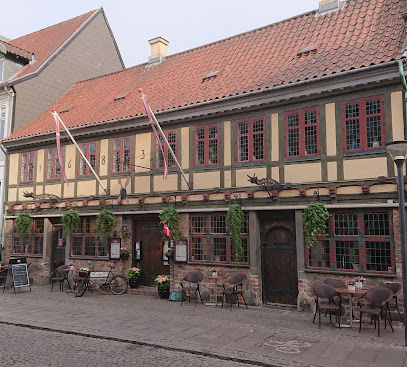
Grønttorvet
Grønttorvet is a beloved Danish restaurant set on Sortebrødre Torv, serving classic local fare in a charming atmosphere at the heart of historic Odense.
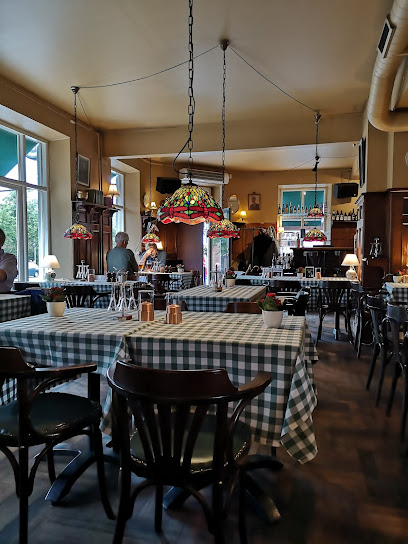
The Burger Odense
Discover gourmet burgers in Odense at The Burger Odense - where taste meets quality in every bite!

Café Skt. Gertrud
Popular all-day café and wine bar in Odense, celebrated for its vibrant Parisian ambiance, quality menu, terrace seating, and warm local buzz.

Amy's Bar & Winehouse
A cozy, social hub in central Odense renowned for its expertly chosen wines, relaxed atmosphere, and local flavor—perfect for an authentic Danish evening out.

Sortebro Kro
Experience culinary artistry at Sortebro Kro - where fine dining meets exceptional service in Odense S.
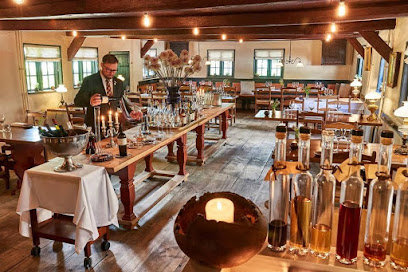
Restaurant Klosterkroen
Indulge in authentic Danish comfort food and timeless tavern ambiance at Restaurant Klosterkroen, a culinary landmark in the heart of Odense’s old town.

Restaurant Næsbyhoved Skov
Danish heritage dining at the lakeside edge of Odense, offering timeless cuisine and panoramic woodland views in a historic, inviting atmosphere.
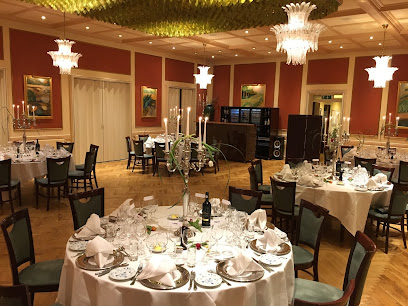
Restaurant Nordatlanten ApS
Modern brasserie and waterfront gathering spot in Odense offering innovative Nordic cuisine and scenic river views in a contemporary, welcoming setting.
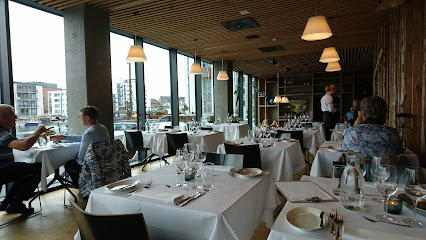
Mona Lisa
Experience authentic Italian flavors at Mona Lisa in Odense – where every meal is a celebration of taste and tradition.
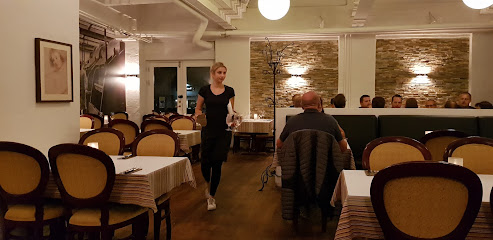
MASH - Restaurant Odense
Experience American-style steakhouse sophistication with Danish charm at MASH Odense, where prime cuts and cosmopolitan ambiance meet in Odense city center.

Restaurant Oluf Bagers Gaard
Elegant New Nordic cuisine in a historic 16th-century courtyard house, offering an atmospheric dining experience in the heart of Odense's cultural quarter.
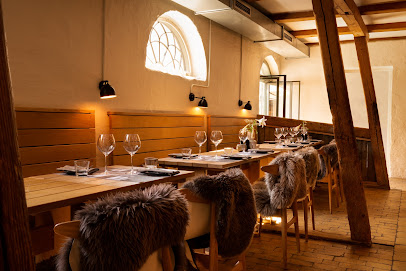
Local Phrases
-
- HelloHej
[hey] - GoodbyeFarvel
[far-vel] - YesJa
[ya] - NoNej
[nay] - Please/You're welcomeVær så god
[vair so go] - Thank youTak
[tahk] - Excuse me/SorryUndskyld
[oon-skyld] - How are you?Hvordan har du det?
[vor-dan har doo deh] - Fine. And you?Fint. Og du?
[feent oh doo] - Do you speak English?Taler du engelsk?
[tah-ler doo eng-el-sk] - I don't understandJeg forstår ikke
[yeh for-stor ee-keh]
- HelloHej
-
- I'd like to see the menu, pleaseJeg vil gerne se menuen, tak
[yeh vil gehr-neh seh meh-new-en, tahk] - I don't eat meatJeg spiser ikke kød
[yeh spee-ser ee-keh kuhd] - Cheers!Skål!
[skohl] - I would like to pay, pleaseJeg vil gerne betale, tak
[yeh vil gehr-neh beh-tah-leh, tahk]
- I'd like to see the menu, pleaseJeg vil gerne se menuen, tak
-
- Help!Hjælp!
[hyelp] - Go away!Gå væk!
[goh vayk] - Call the Police!Ring til politiet!
[ring teel poh-lee-tee-et] - Call a doctor!Ring til en læge!
[ring teel en lay-eh] - I'm lostJeg er faret vild
[yeh air fah-ret veel] - I'm illJeg er syg
[yeh air soo]
- Help!Hjælp!
-
- I'd like to buy...Jeg vil gerne købe...
[yeh vil gehr-neh kuh-beh] - I'm just lookingJeg kigger bare
[yeh kee-ger bah-reh] - How much is it?Hvor meget koster det?
[vor meh-ehd koh-stehr deh] - That's too expensiveDet er for dyrt
[deh air for deer-t] - Can you lower the price?Kan du sænke prisen?
[kahn doo sahn-keh pree-sen]
- I'd like to buy...Jeg vil gerne købe...
-
- What time is it?Hvad er klokken?
[vahd air kloh-ken] - It's one o'clockKlokken er et
[kloh-ken air et] - Half past (10)Halv ti
[hahlv tee] - MorningMorgen
[mohr-gen] - AfternoonEftermiddag
[ef-ter-mi-dag] - EveningAften
[af-ten] - YesterdayI går
[ee gohr] - TodayI dag
[ee dah] - TomorrowI morgen
[ee mohr-gen] - 1Et
[et] - 2To
[toh] - 3Tre
[treh] - 4Fire
[fee-reh] - 5Fem
[fem] - 6Seks
[seks] - 7Syv
[soov] - 8Otte
[ot-teh] - 9Ni
[nee] - 10Ti
[tee]
- What time is it?Hvad er klokken?
-
- Where's a/the...?Hvor er en/et...?
[vor air en/et] - What's the address?Hvad er adressen?
[vahd air a-dres-en] - Can you show me (on the map)?Kan du vise mig (på kortet)?
[kahn doo vee-seh meeh (poh kohr-teh)] - When's the next (bus)?Hvornår er den næste (bus)?
[vor-nar air den neh-steh (boos)] - A ticket (to ....)En billet (til ....)
[en bee-let (teel)]
- Where's a/the...?Hvor er en/et...?
History of Odense
-
Odense, one of Denmark's oldest cities, traces its origins back to the Viking Age, around the 10th century. It was named after Odin, the Norse god of war, poetry, and wisdom. The city grew around the Odense River, and archaeological finds suggest it was a significant center for trade and craftsmanship during the Viking period.
-
In 1086, Odense became the site of a significant historical event: the martyrdom of King Canute IV, who was later canonized as Saint Canute. He was killed in Saint Alban's Church by rebellious peasants. His death led to the construction of Saint Canute's Cathedral, a major Gothic landmark that still stands today and houses his relics.
-
Throughout the Middle Ages, Odense thrived as a religious and commercial hub. The presence of several monastic orders, including the Benedictines and Franciscans, contributed to the city's development. The city's market square, now known as Flakhaven, became a bustling center of trade.
-
The Renaissance brought significant changes to Odense. The Reformation in the 16th century led to the dissolution of monasteries and the transfer of church properties to the crown. Despite these upheavals, the city continued to grow, with new buildings and institutions reflecting the changing times.
-
Odense is globally renowned as the birthplace of Hans Christian Andersen, born in 1805. The famous fairy tale writer spent his childhood in the city, which has since embraced his legacy. The Hans Christian Andersen Museum and his childhood home are popular attractions, offering insights into his life and works.
-
The 19th century brought industrialization to Odense, transforming it into a modern city. The establishment of the Odense Canal in 1804 and the arrival of the railway in 1865 bolstered trade and industry. Manufacturing and shipbuilding flourished, contributing to the city's economic growth.
-
During World War II, Odense, like the rest of Denmark, was occupied by German forces. The occupation lasted from 1940 to 1945, and the city experienced hardships, including rationing and resistance activities. Post-war, Odense quickly recovered and continued its development.
-
In the post-war period, Odense underwent significant urban development. New residential areas, schools, and cultural institutions were established. The University of Southern Denmark, founded in 1966, has become a major educational and research center, contributing to the city's vibrant academic environment.
-
Today, Odense is the cultural heart of the island of Funen. It hosts numerous festivals, including the Odense International Film Festival and the Hans Christian Andersen Festival. The city's rich history is complemented by a dynamic arts scene, making it a lively and engaging destination for visitors.
Odense Essentials
-
Odense is located on the island of Funen (Fyn) in Denmark. The nearest international airport is Copenhagen Airport (CPH), approximately 170 kilometers away. From Copenhagen, you can take a direct train to Odense, which takes about 1.5 hours. Alternatively, you can fly into Billund Airport (BLL), which is about 100 kilometers from Odense. From Billund, you can either take a bus or rent a car for the journey to Odense.
-
Odense has a well-connected public transportation system, including buses, trains, and bicycles. The local bus service is efficient and covers most parts of the city. Odense is also known for its extensive network of bike lanes, making cycling a popular and convenient way to get around. Taxis are available but can be expensive. Renting a car is another option if you plan to explore the surrounding areas.
-
The official currency in Denmark is the Danish Krone (DKK). Credit and debit cards are widely accepted in Odense, including in hotels, restaurants, and shops. Contactless payment methods are also commonly used. ATMs are readily available throughout the city, and many places accept mobile payment services like MobilePay.
-
Odense is generally a safe city for tourists. However, it is advisable to take standard precautions such as avoiding poorly lit areas at night and keeping an eye on your belongings in crowded places. The area around the train station can be a bit sketchy after dark, so exercise caution. Petty crimes like pickpocketing can occur, especially in tourist-heavy areas.
-
In case of emergency, dial 112 for immediate assistance. This number will connect you to police, fire, and medical services. Odense University Hospital is the main medical facility in the city and provides comprehensive healthcare services. Pharmacies are widely available for minor health issues and over-the-counter medications. It is advisable to have travel insurance that covers medical emergencies.
-
Fashion: Do dress smart-casual when dining out or attending events. Avoid overly casual attire. Religion: Do respect local customs, although Denmark is generally secular. Public Transport: Do validate your ticket before boarding and offer your seat to elderly passengers. Don't be loud on public transport. Greetings: Do greet people with a firm handshake and maintain eye contact. Eating & Drinking: Do try local dishes like 'smørrebrød' and 'frikadeller'. Don't leave tips, as service charges are usually included.
-
To experience Odense like a local, rent a bike and explore the city's extensive cycle paths. Visit the local markets, such as the Odense Farmers' Market, to buy fresh produce and artisanal goods. Spend time in the city's green spaces, like Munke Mose Park, where locals often gather for picnics and outdoor activities. Don't miss visiting the Hans Christian Andersen Museum to get a deeper sense of the city's cultural heritage.
Trending Landmark in Odense
Nearby Cities to Odense
-
Things To Do in Nyborg
-
Things To Do in Kalundborg
-
Things To Do in Kolding
-
Things To Do in Slagelse
-
Things To Do in Horsens
-
Things To Do in Vejle
-
Things To Do in Sønderborg
-
Things To Do in Aarhus
-
Things To Do in Næstved
-
Things To Do in Silkeborg
-
Things To Do in Ribe
-
Things To Do in Roskilde
-
Things To Do in Køge
-
Things To Do in Randers
-
Things To Do in Herning








